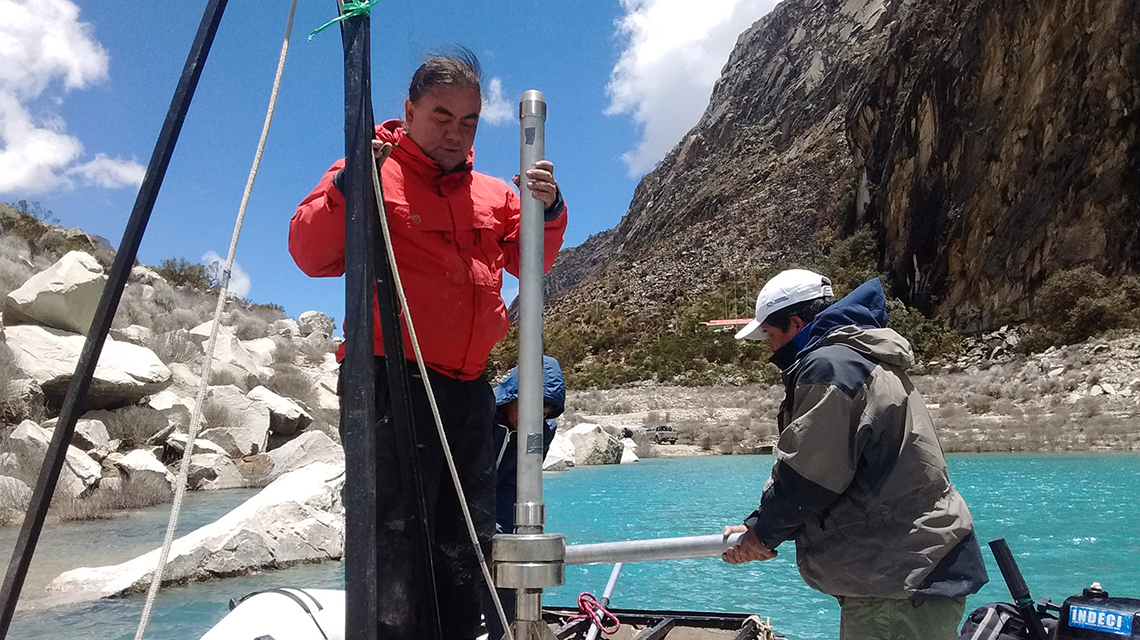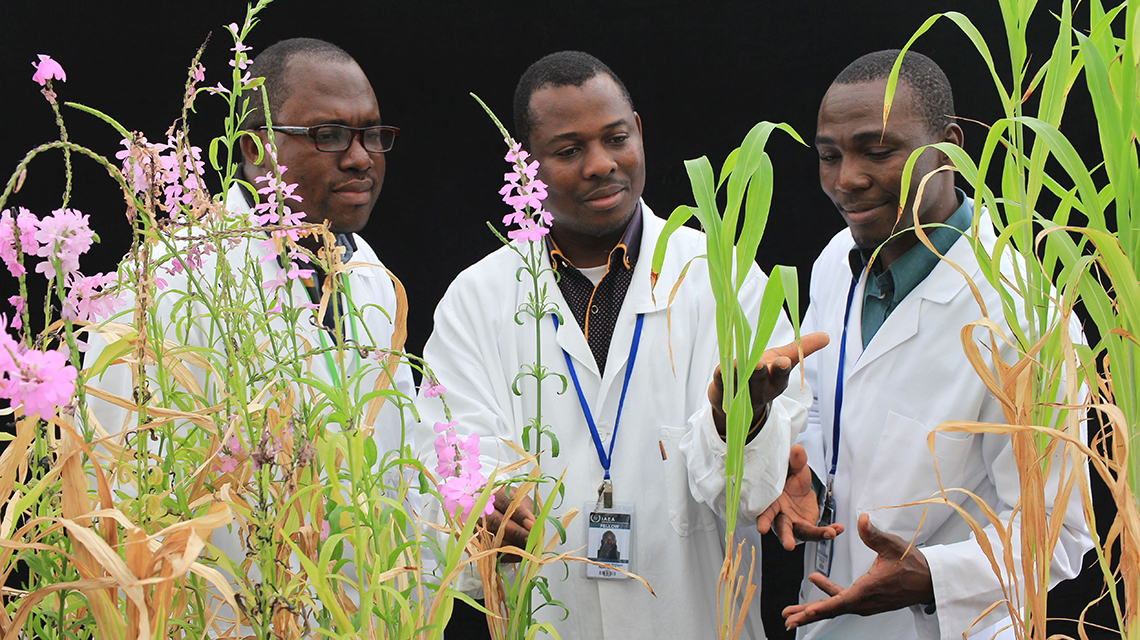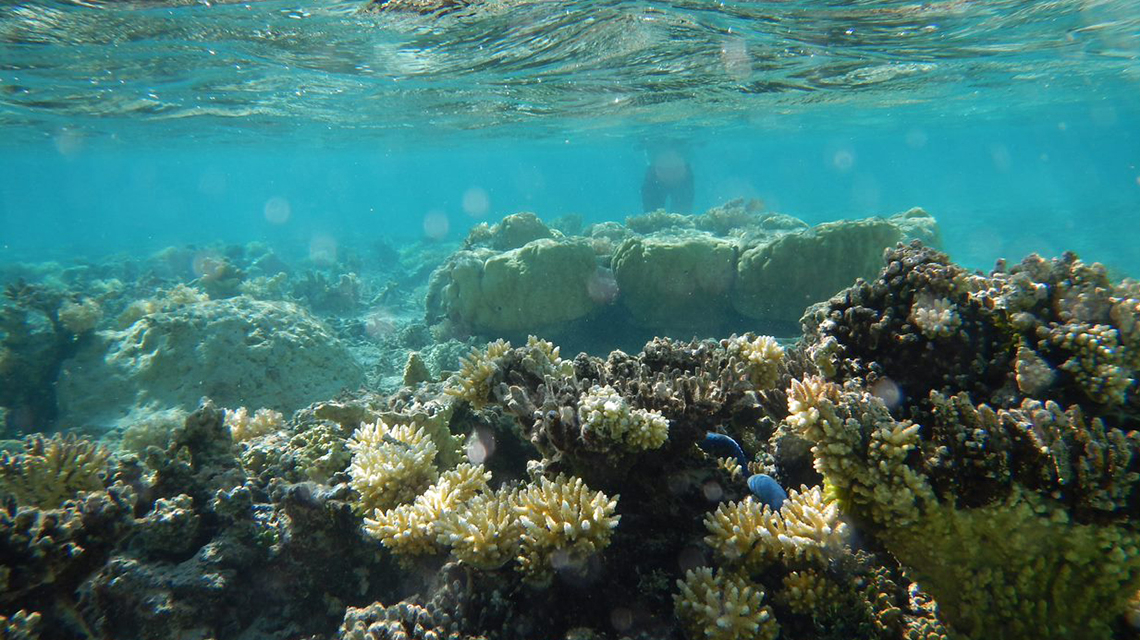This year’s World Environment Day kicks off the UN Decade on Ecosystem Restoration (2021–2030) with the aim to prevent, halt and reverse the degradation of ecosystems. The IAEA supports countries in the use of nuclear and isotopic techniques to better understand, strengthen and restore ecosystems from mountaintops to ocean depths, including wetlands, forests and farmland.
A stable climate, breathable air, fresh water and quality food are among what we owe ecosystems – which comprise all living organisms and the interactions among them, and with their surroundings in a given location.
“The IAEA facilitates development and transfer of state-of-the-art techniques to detect and measure subtle environmental changes that affect ecosystems and the services they provide,” said Rafael Mariano Grossi, IAEA Director General. “The cosmic ray neutron sensor technology, for example, helps understand and model important soil water dynamics in vulnerable ecosystems, such as mountains. It is an important tool for the decision makers in developing adaptation strategies to reach the objectives of the UN Decade on Ecosystem Restoration.”
Using nuclear and isotopic techniques, the IAEA laboratories coordinate research to understand climate change, habitat destruction and biodiversity loss, and their impact on terrestrial and marine ecosystems. They also propose related mitigation strategies and tools for the management of natural resources and for ecosystem conservation. Here is how.









